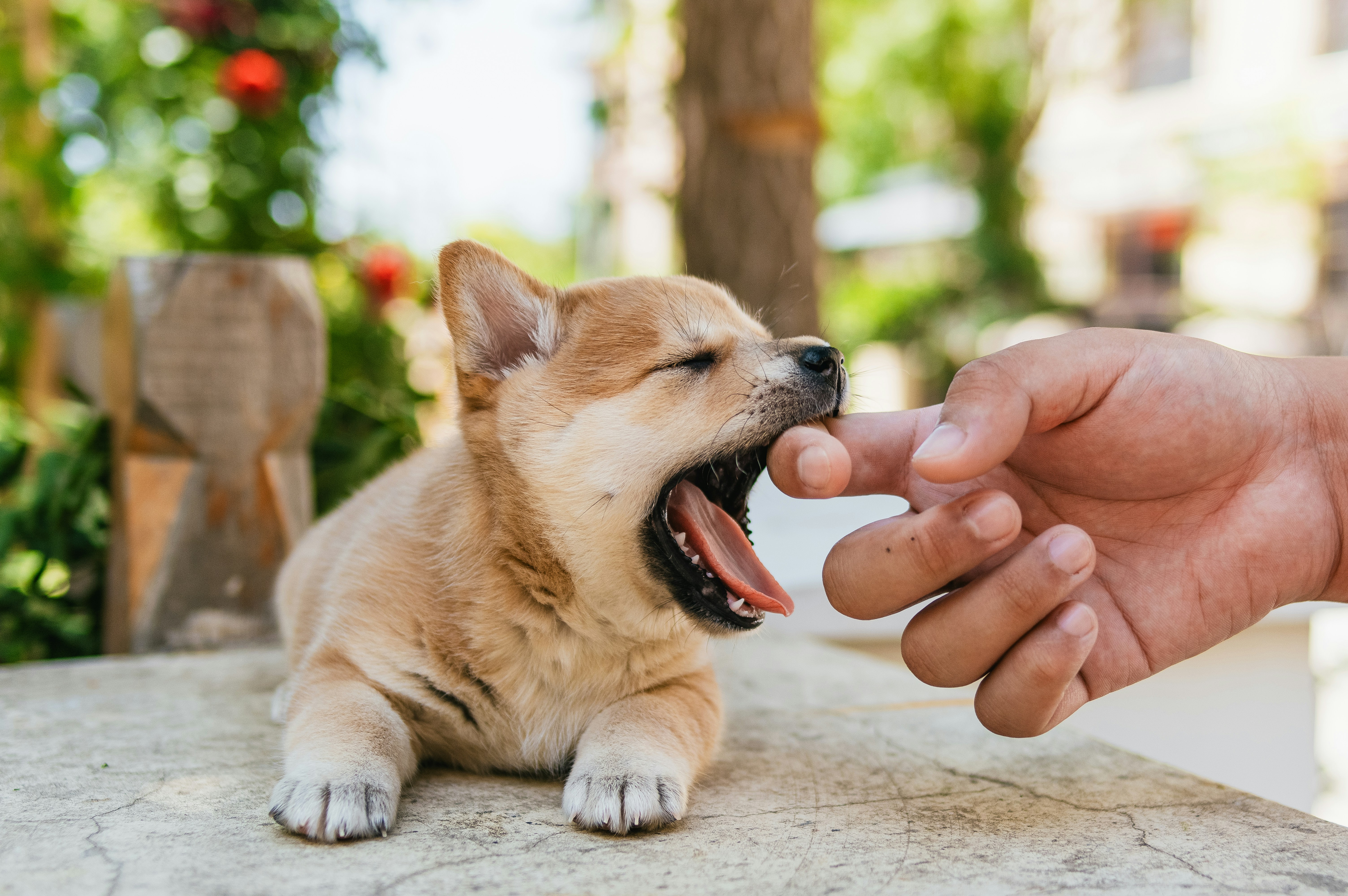Mindful Pets: Enhance Pet Care with Meditation & Mindfulness
As pet owners, we often juggle the daily demands of feeding, exercising, and training our furry companions. Amid the whirlwind of responsibilities, it’s easy to overlook the profound impact of mindfulness and meditation on not just our well-being, but also the well-being of our pets. Imagine a harmonious routine that seamlessly incorporates calm, focused moments of connection with your pet, fostering not only better behavior but also emotional balance for both of you. In this article, we will explore how integrating mindfulness practices into your daily pet care and training routine can lead to happier and healthier pets, while also enhancing your bond.
Understanding Mindfulness in Pet Care
Mindfulness is a practice rooted in being present and fully engaging with the moment, without distraction or judgment. When we practice mindfulness, we cultivate awareness not just of our thoughts, but also of our surroundings—an approach that benefits both humans and animals.
Benefits of Mindfulness for Pets and Their Humans
By integrating mindfulness into daily routines with our pets, we can reap numerous benefits: - Reduced Stress: Just as mindfulness reduces anxiety for us, it helps calm pets, making them feel secure and more relaxed. - Improved Communication: Mindful practices lead to better awareness of our pet's signals, enhancing our understanding of their needs. - Strengthened Bond: Sharing mindful moments fosters deeper connections; a pet that feels understood and valued is likely to respond with better behavior.
Practical Mindfulness Techniques for Pet Owners
Incorporating mindfulness into your pet care routine can be as simple or as elaborate as you wish. Here are some practical techniques that can be seamlessly added to your daily life.
Mindful Walking: Transforming Routine Exercise
Walking your dog is a common activity, but making it a mindful experience can significantly change how you both feel. Instead of checking your phone or racing through the neighborhood, take the time to absorb the environment around you.
Engage the Senses
On your walks, pay attention to natural sounds, smells, and sights. Notice how your dog reacts to different stimuli, and use this as an opportunity to practice calmness and focus as you observe their behavior. This not only enriches their experience but also reinforces your training. For additional tips on improving your relationship with your dog, see this post.
Mindfulness During Training Sessions
Training doesn’t have to be a chore or a daunting task. Infusing mindfulness into training sessions can transform them into joyful, engaging experiences for both you and your pet.
Focused Training Techniques
- Short Sessions: Keep training sessions brief and focused, ideally around 5 to 10 minutes. This prevents overwhelming your pet and makes the experience more enjoyable.
- Reward Calmness: Rather than just waiting for a command to be followed, reward your pet for simply being calm and engaged. Positive reinforcement can work wonders for their behavior.
- Practice Patience: If your pet isn’t responding as you’d like, take a moment to breathe deeply and recalibrate your approach. This shows your pet that patience and calmness are valued in your interactions.
For methods that dive deeper into effective training, consider exploring this guide that emphasizes positive reinforcement.
Meditative Moments with Your Pet
Meditation isn’t just a solitary practice; it can be shared with your pet as well. Spending quiet moments together fosters understanding and connection.
Setting the Scene
Choose a peaceful environment—perhaps a quiet room or an outdoor space with comfortable seating. Sit with your pet, close your eyes, and simply breathe. Allow yourself to be fully present with them, noticing their heartbeat, warmth, or the sound of their breath. Over time, your pets may even start to mirror this calmness and learn to relax during such sessions.
For further exploration on the effects of relaxation practices, check out this article on how auditory elements can enhance your pet’s tranquility.
Counterconditioning through Mindfulness
Counterconditioning is a powerful tool in pet training, particularly for pets with fear or anxiety issues. Mindfulness can enhance this process.
Techniques for Successful Counterconditioning
- Identifying Triggers: Use mindfulness to first identify what causes your pet distress—loud noises, certain people, or unfamiliar environments.
- Positive Associations: Gradually introduce your pet to these triggers while pairing them with positive experiences, like treats or praise, ensuring that your pet forms new associations that replace fear with positivity.
- Mindful Resilience: Continuously practice mindfulness to cultivate resilience in yourself and your pet, reflecting on progress and remaining patient with setbacks.
Creating a Calming Environment
A pet’s environment significantly influences their well-being. By creating a tranquility-focused space akin to a sanctuary, you can promote calmness and mindfulness effortlessly.
Designing Your Space
- Natural Elements: Incorporate plants, natural light, and soft textures to create a soothing atmosphere. You might consider materials and colors that resonate with a calming ambiance; research on color psychology can provide valuable insights.
- Soundscapes: Gentle music or soundscapes can foster peace during training or relaxation.
Mindful Eating and Nutrition
Just as we benefit from nutritious meals, our pets require thoughtful dietary choices. Mindful feeding practices can lead to healthier eating habits and increased well-being for your pet.
Techniques for Mindful Feeding
- Scheduled Meals: Create a consistent feeding schedule to promote better digestion and behavioral responses.
- Engagement During Meal Times: Use mealtimes as an opportunity for bonding. Consider incorporating slow feeders or interactive toys that encourage mindful engagement with their food.
- Observation: Watch how your pet interacts with their food. Note preferences and reactions to different nutrients, potentially benefiting their health and happiness.
For more on tailored nutrition plans, refer to this article focused on individualized pet diets.
Reflective Journaling with Your Pet
Another approach to infusing mindfulness into pet care is through reflective journaling. This practice involves documenting experiences with your pet, allowing for deeper insights into their behaviors, needs, and emotions.
Benefits of Journaling
- Record Progress: By regularly noting challenges and successes, you can track training progress and emotional well-being.
- Strengthen Your Bond: A journal can highlight the connection you share and serve as a tool for deeper reflection while fostering gratitude for the bond you share with your pet.
Incorporating Mindfulness into Grooming
Grooming can sometimes feel like a chore, but it represents another excellent opportunity for mindfulness. Approach grooming moments with a sense of calm and presence.
Mindful Grooming Techniques
- Slow and Steady: Take your time during grooming sessions. Pay attention to your pet’s body language; if they seem uneasy, pause, and reassure them with soothing words or gentle strokes.
- Focus on Sensory Experiences: Engage in the tactile sensations of grooming—how your pet’s fur feels, the sound of the brush, and the closeness that creates a trusting bond.
Exploring Additional Resources
While this article provides a robust framework to begin integrating mindfulness into your pet care routine, expanding your knowledge can further enrich the practice. Explore resources such as the American Veterinary Medical Association (AVMA) or the ASPCA for research articles and forums where experienced professionals share insights.
Additionally, consider joining local or online communities focused on pet care and mindfulness, allowing the exchange of ideas and experiences.
Connect with the Experts
Lastly, surround yourself with expert resources. Studies like those from Harvard Medical Review underscore the significant link between mental well-being and how we engage with our pets. Accessing credible literature can heighten your understanding and application of these practices.
Final Thoughts: Embracing Mindfulness for a Better Bond
Incorporating mindfulness into your daily routine with your pet is not just a fleeting trend—it’s a sustainable practice that nurtures both your and your pet's emotional health. As you embark on this journey, remember that the goal is not perfection, but connection. The little moments of tranquility and awareness can lead to profound changes in behavior and emotional stability for both you and your beloved companion. Start small, focus on consistency, and watch as mindfulness transforms your pet care experience into a fulfilling and joyful adventure.










